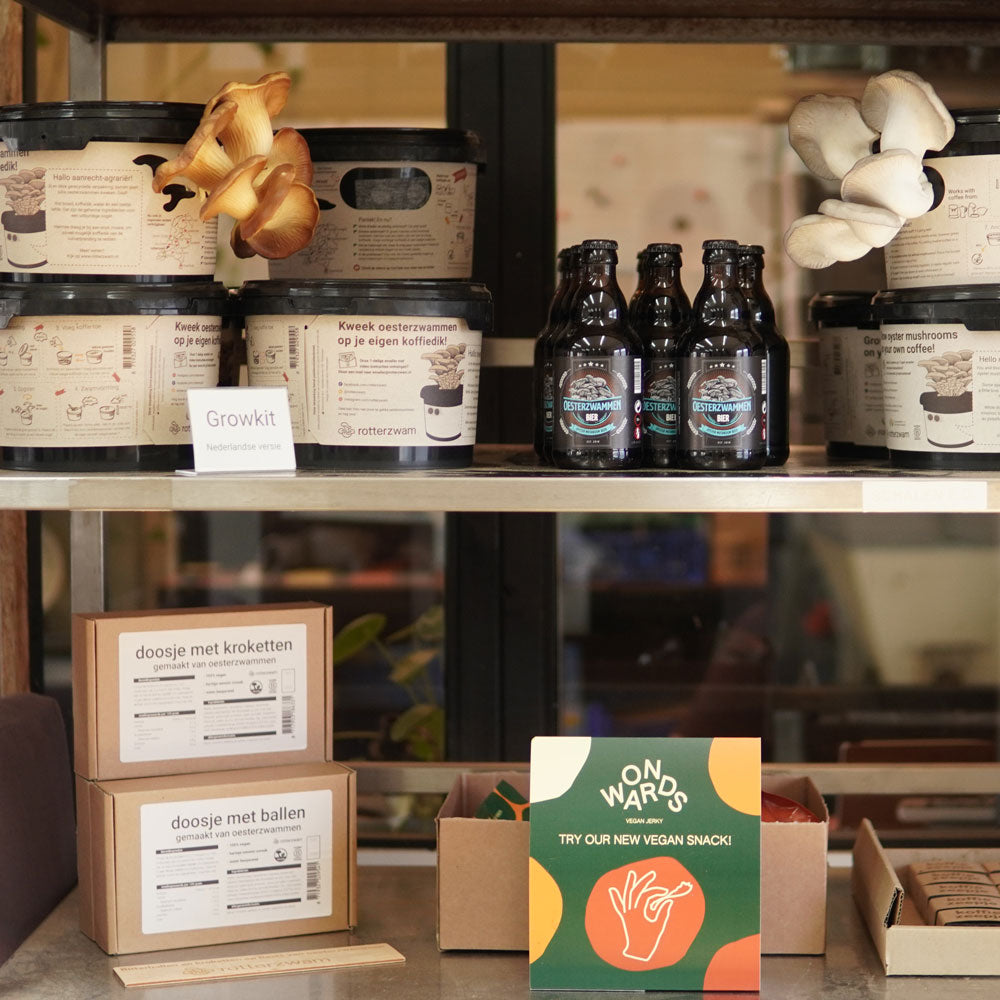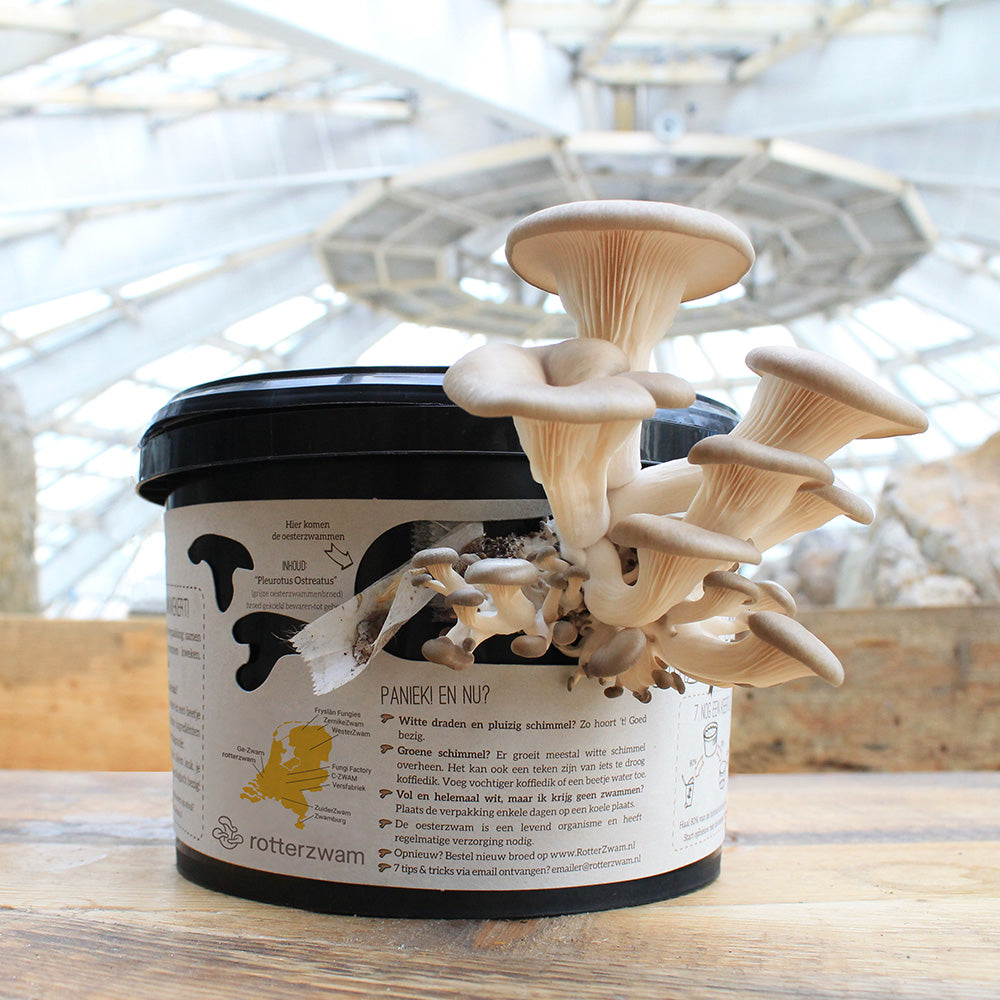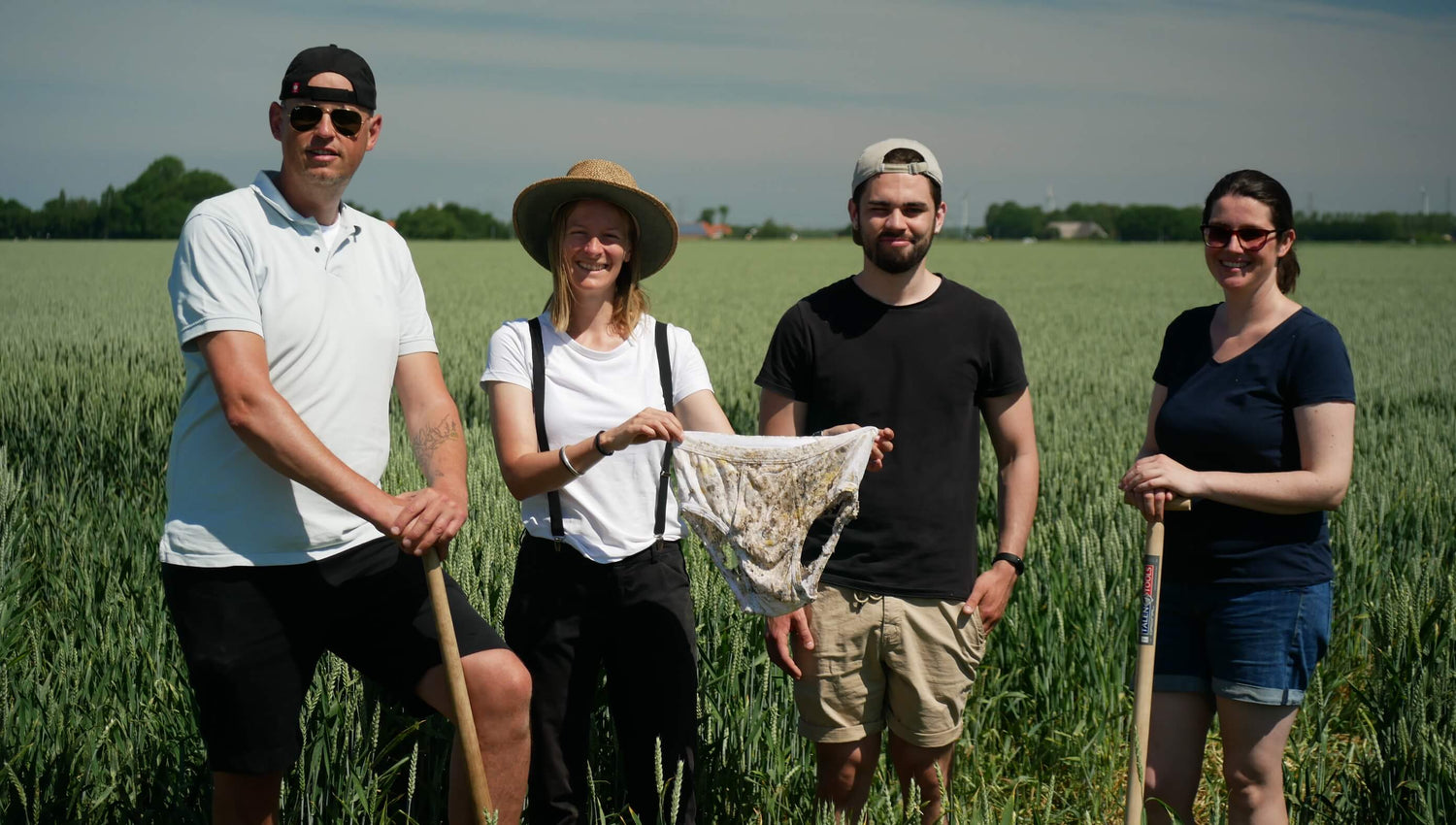This blog series is about our "Back to the Soil" project, in which we investigate whether several organic waste streams can be used as soil improvers in arable farming and how this can be legally made possible. This twelfth blog post presents the research results. Below, you'll find an overview of all the blog posts in this series.
After two years of spreading waste streams on the fields, harvesting the onions and wheat, and taking the necessary measurements, the big question is: what effect do these waste streams have on the soil? The Louis Bolk Institute analyzed the results of the field trials. The waste streams themselves were examined multiple times, both environmentally and agriculturally. Measurements were also taken in the soil and groundwater. In addition, crop yields were examined. In short, the results look promising, and no negative effects were observed. That's good news. Below is a brief summary of the report.
The results
Agricultural residual flows – are the residual flows useful for the soil?
The goal of using the residual flows is to increase the soil's organic matter content. The amount of organic matter per kilogram of dry matter isn't relevant, but rather the ratio of organic matter to nitrogen (OS:N). The higher the ratio—meaning the less nitrogen per unit of organic matter—the slower the organic matter decomposes and the nitrogen is released. This is considered a beneficial characteristic for a soil improver because the organic matter remains in the soil longer and there is a lower risk of nitrogen leaching. All three residual flows have a higher OS:N ratio than cow manure.
It also appears that coffee grounds and coffee substrate are very stable substances. The results of the various measurements we conducted were virtually identical. Crop yields were not significantly affected by the application of the residual flows. No negative effects were observed in the soil either. This could be considered a positive effect, as the organic matter content will increase over time. However, the study duration was too short to measure this.
Environmental residual flows – are the residual flows safe for people and the environment?
No negative effects of the fertilizers were found on the soil or crop. At the start of the experiment, before fertilizer application, and at the end of the experiment, environmental assessments were conducted to determine whether the fertilizers had had any adverse environmental effects. This was not the case. Furthermore, no caffeine was detected in either the soil or groundwater samples at the final measurement.
And what about caffeine?
Because there are specific questions about the effects of caffeine, the Louis Bolk Institute conducted a literature review and an additional pot test to measure its effect on crop growth. The literature review shows that mushrooms metabolize caffeine. Therefore, it can be concluded that using coffee substrate as a soil improver in agriculture is an option without significant risks related to caffeine's toxicity to the soil and water system.
How caffeine in coffee grounds behaves in soil depends on various conditions, such as soil type, temperature, and moisture content. These factors influence the microbial breakdown of caffeine and its adhesion to soil particles. A wide variety of studies show that caffeine is found in soil and water systems worldwide, despite its relatively short half-life in water and soil and its relatively rapid adhesion to soil particles. At very high concentrations, caffeine can be harmful to various aquatic fauna. The same applies to fungi, worms, and plants. Unfortunately, the literature does not provide information on how this works at more realistic concentrations.
Pot tests conducted showed that caffeine has no negative effects on crop growth. In fact, there are indications that a high dose of caffeine can even be beneficial for plant growth ( not significantly ) .
Conclusion
As mentioned, the three residual streams have good OS:N and OS:P ratios, are stable, and have no negative effects on crop growth or nutrient concentrations. The environmental value of the residual streams is satisfactory. There is also no (measurable) accumulation of caffeine in the soil and groundwater after two applications of coffee grounds and coffee grounds substrate. The only thing that remains unclear is the potential long-term effects of caffeine.
 |

|
Want to know more? This series consists of 11 blogs in which we tell you all about the project. Click and read more:
- Intro: Back to the Soil blog series
- Back to the Bottom: The Plan
- Residual flows on the soil: why?
- From plan to experiment: the legal waste stream soap
- Waste legislation: what is waste?
- Organic waste flows on the soil: what are the legal implications?
- Update 1: Pot trials, waste stream collection & spreading
- Update 2: Back to the bottom
- Residual flows on the soil: the research results
- Residual flows on the soil: the impact
- Residual flows on the soil: the next steps







Leave a comment
All comments are moderated before being published.
This site is protected by hCaptcha and the hCaptcha Privacy Policy and Terms of Service apply.